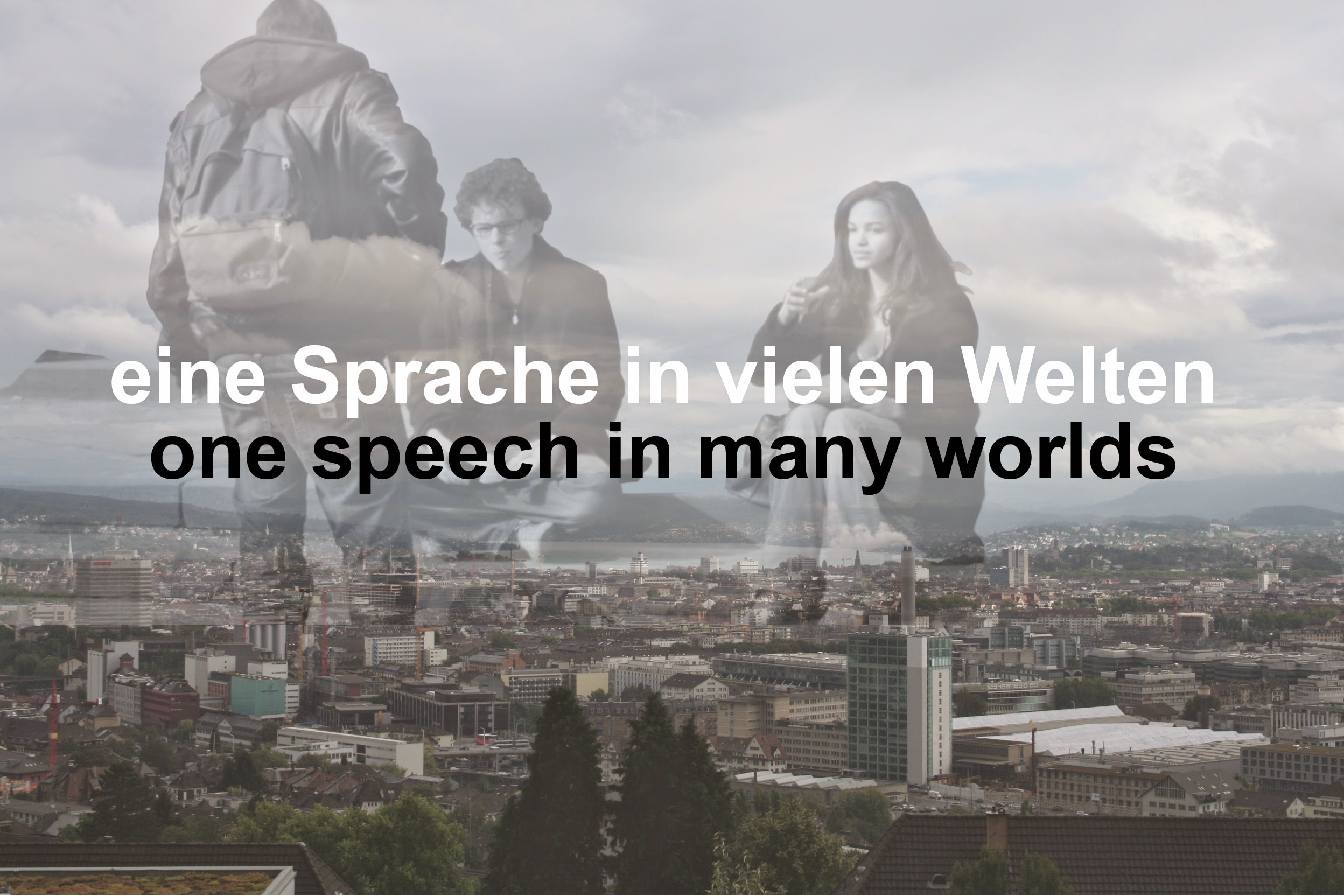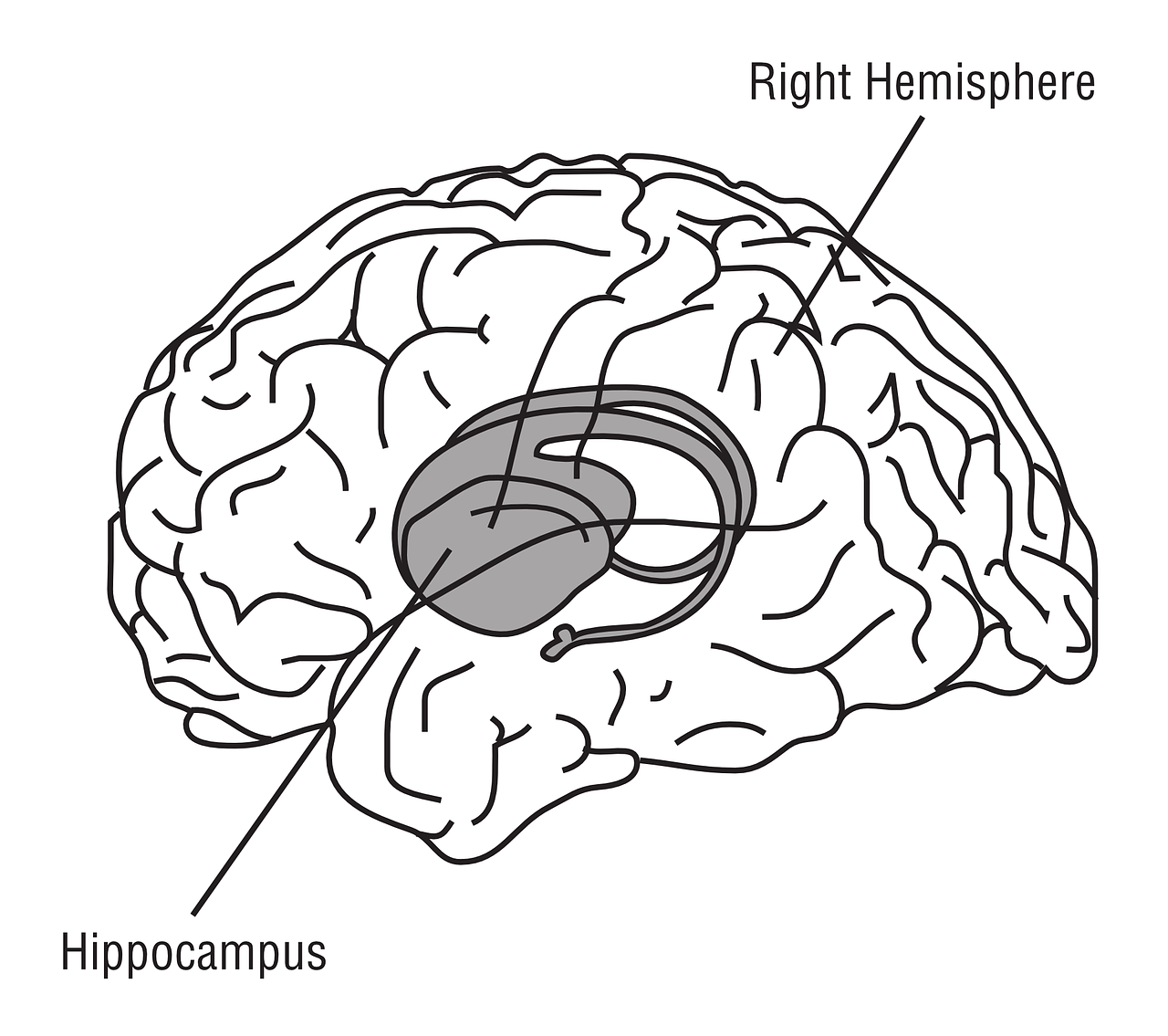Researchers from Magdeburg and Erlangen are jointly investigating how our brain learns to orientate itself in spaces and store memories. At the Leibniz Institute of Neurobiology (LIN), scientists are analysing how neurons in the hippocampus control our spatial learning. To do this, they record in fast motion what happens in the brains of mice while they solve various orientation tasks. In this way, they obtain extensive data that is analysed in a second step by cooperation partners at Friedrich-Alexander-Universität Erlangen-Nürnberg (FAU) using a specially developed AI tool.
Orientation moves a lot in the brain
Magdeburg/Germany, 19 March 2025: Place cells in the hippocampus play a central role in spatial orientation and memory formation. They form a ‘cognitive map’ of the environment and enable us to understand spatial relationships. These neurons have many small branches, the dendritic spines, with which they receive information from thousands of their neighbours. These spines are very adaptable: they constantly change their shape and number. The activity of these neurones also changes over time, so that even if we visit the same environment several times, a different place cell is responsible for mapping the same location each time.
Modern imaging and AI-supported analyses
As part of their collaborative project, Alessio Attardo (LIN) and Andreas Kist (FAU) are now investigating how place cells manage to create a reliable cognitive map despite their constant change. The Magdeburg researchers are recording time-lapse images of the brains of mice while they solve orientation tasks. Alessio Attardo explains: ‘By continuously recording brain activity while the mice perform their tasks, we can understand how the connections between nerve cells change in order to store memories in the long term.’
Previously, such studies were very time-consuming, as tracking the smallest changes in the dendritic spines over time was difficult. With the combination of two-photon imaging and AI-supported analyses, this is now possible.
The high-resolution images taken in Magdeburg are analysed by Andreas Kist in Erlangen using a specialised AI application that makes the finest changes and patterns visible. The system is based on Deep3D, an open source application that makes it possible to analyse neuronal structures down to the smallest detail. This is of fundamental importance for Alessio Attardo’s work, because: ‘Thanks to modern imaging and AI technology, we are getting a complete picture of how neuronal connections change in real time for the first time.’
Funding and significance
The project ‘Do the stability of excitatory synaptic connectivity and neuronal representations in the hippocampus support spatial learning?’ is being funded by the German Research Foundation (DFG) with a total of 500,000 euros. ‘The funding from the DFG underlines the relevance of our research at the interface of neurobiology and artificial intelligence,’ emphasises Stefan Remy, Scientific Director of the LIN.
ImageSource
OpenClipart-Vectors Pixabay


